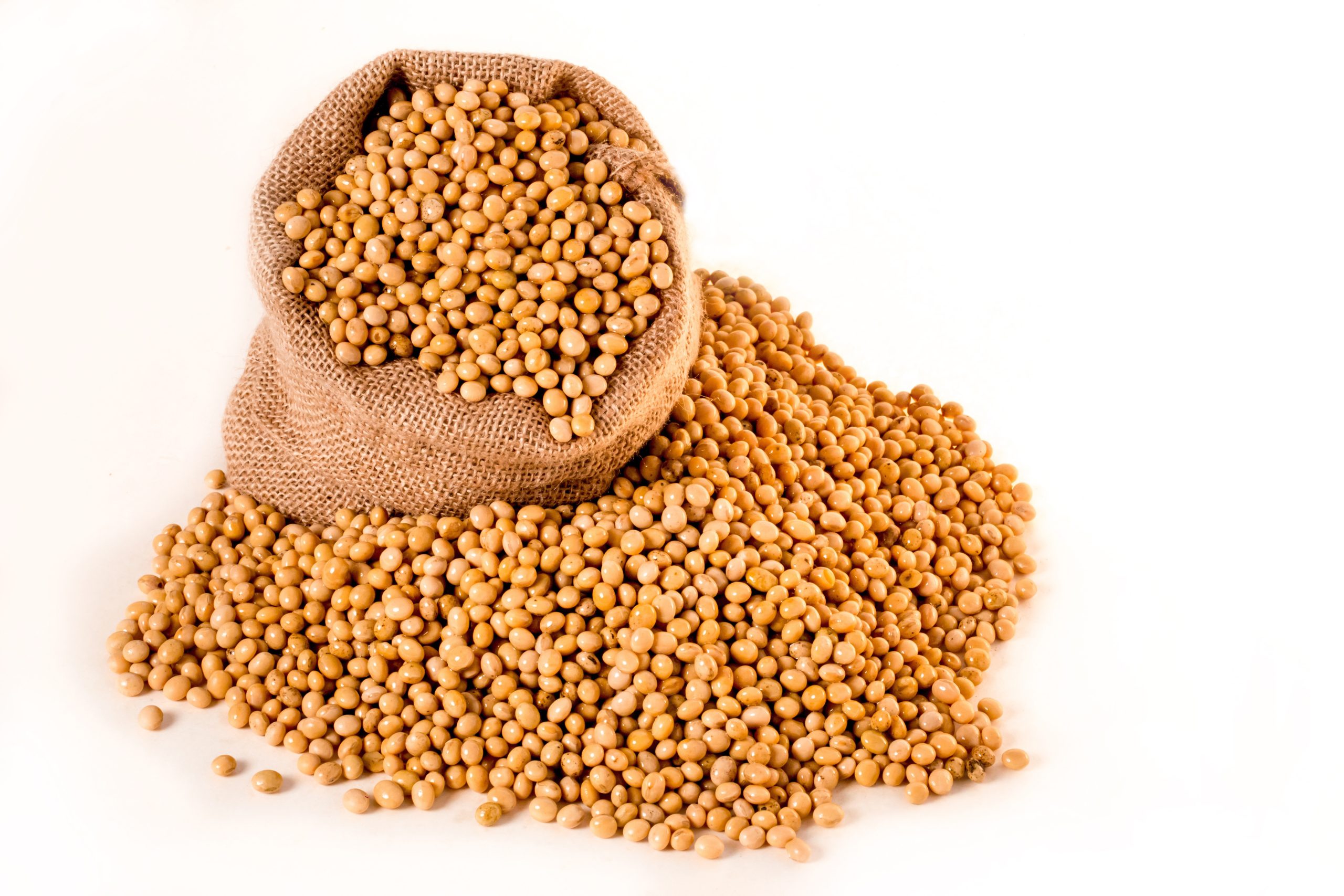Soybean producers got some welcome and long-awaited news on Dec. 15 when the U.S. Department of the Treasury and Internal Revenue Service announced the Biden administration will adopt an updated GREET model to measure lifecycle emissions from sustainable aviation fuels. The new guidelines will be released early this year and will apply to the Sustainable Aviation Fuel Credit (40B) established by the Inflation Reduction Act. The SAF Credit applies to fuels sold between Jan. 1, 2023 and Dec. 31, 2024. After that, SAF fuel will be included in the Clean Fuel Production Credit, also established by the Inflation Reduction Act (45Z).
GREET stands for Greenhouse Gases, Regulated Emissions, and Energy Use in Transportation. It’s an assessment tool that measures the life-cycle carbon impacts of vehicle technologies, fuels, products, and energy systems. Ag interests had been urging federal agencies to adopt the GREET standard for years.
The news was important to soybean producers because biofuels including SAF are rapidly expanding markets for non-food uses of soybean oil. Soybean oil has a growing number of industrial uses, but SAF is one for which there is no substitute in the foreseeable future for aircraft to reduce their carbon emissions.
“Incentives in the Inflation Reduction Act are helping to scale production of low-carbon fuels and cut emissions from the aviation sector, one of the most difficult-to-transition sectors of our economy,” said Secretary of the Treasury Janet Yellen.
U.S. Secretary of Energy Jennifer M. Granholm said, “Sustainable aviation fuel will provide low carbon fuel made here in America to help decarbonize the hardest to reach areas in the transportation sector, and DOE is committed to supporting this effort which will lead to cleaner skies for all.”
The Treasury Department said its new guidance provides “clarity” around eligibility for the SAF Credit. The credit incentivizes the production of SAF that achieves a lifecycle greenhouse gas emissions reduction of at least 50%, as compared with petroleum-based jet fuel. Producers of SAF are eligible for a tax credit of $1.25 to $1.75 per gallon.
SAF that decreases greenhouse gas emissions by 50% is eligible for the $1.25 credit per gallon amount, and SAF that decreases GHG emissions by more than 50% is eligible for an additional $0.01 per gallon for each percentage point the reduction exceeds 50%, up to $0.50 per gallon. While soybean oil is the single largest source of sustainable oil to convert into SAF, it competes with other oils. Under the new guidance, numerous SAF fuel pathways can already qualify for the credit at the 50% reduction threshold through the Renewable Fuel Standard, including valid biomass-based diesel, advanced biofuels, cellulosic biofuel, or cellulosic diesel.
Fuels that achieve a 50% or greater reduction in lifecycle GHG emissions under the most recent Carbon Offsetting and Reduction Scheme for International Aviation standard will continue to qualify under this guidance.
Eligibility for tax credit values above the 50% reduction for fuels not using CORSIA will be based on an updated GREET model that is currently being developed by the Environmental Protection Agency, Department of Transportation, U.S. Department of Agriculture, and Department of Energy. The interagency working group has committed to releasing an updated version of DOE’s GREET model by March 1.
It is likely that this work will also be used in the new Clean Fuel Production Credit for all low-carbon fuels, which goes into effect in 2025. Scott Gerlt, chief economist for the American Soybean Association, pointed out to High Plains Journal that, while the decision is welcome, it’s more about the future than the present. The tax credit program is in its second year and will extend for another three years with decreasing payouts.
While SAF is a promising growth market, it’s not yet as profitable as renewable diesel. “Recently there has been a level of pullback in demand for soybean oil,” Gerlt said, explaining, “Higher diesel prices are making biofuels less profitable.”
The tax credit policy makes biofuel slightly more attractive.
California also uses GREET as its low-carbon standard. Gerlt said recent crush expansion announcements have slowed. Even if every currently announced plant were built, the expansion would only consume about 15% of domestic soybean production. This is well below the 50% of soybeans that are exported. “We’re not going to wipe out export demand” any time soon because of the expansion of domestic crush plants, he said.
The main challenges to U.S. soybean producers in the coming year will be from stepped-up soybean production in Brazil and Argentina, Gerlt said. The next most important concern is where and at what cost soybean meal will be used.
David Murray can be reached at [email protected].




